The Aug. 13 primary elections will see the return of familiar island politicians who have been out of office for years, nearly a decade and, in one case, a generation ago.
>> James “Duke” Aiona, a 67-year-old former Circuit Court judge and lieutenant governor, joined the crowded Republican field of gubernatorial candidates on the June 7 filing deadline. He is making his third run at the governor’s office after winning back-to-back Republican primaries but losing to Neil Abercrombie and then to Gov. David Ige. Aiona and former Gov. Linda Lingle left office
in 2010 after two terms.
>> At the age of 84, Romy Cachola — a longtime veteran of the state House and Honolulu City Council — hopes to represent the newly configured House District 30, where Cachola believes he has strong support because the district is now focused on Kalihi.
Cachola was first elected to the House in 1984 and served until 1992; and then again from 1998 to 2000. He was then elected to the City Council from 2000 to 2012.
In his 2012 campaign
to return to the House, Cachola was accused of helping Kalihi nursing home patients fill out their mail-in ballots. Legislators later passed the so-called Romy Cachola Bill to bar the tactic.
In 2014, Cachola agreed to pay $2,496 in fines and reimburse his campaign $32,166 to settle a Campaign Spending Commission charge that he used campaign funds to buy a Nissan Pathfinder that he drove for personal use.
While on the City Council, Cachola paid a record $50,000 settlement to the Honolulu Ethics Commission — but admitted no wrongdoing — for allegedly accepting wine, meals and golf outings, and then voted on more than 100 bills and resolutions connected to the lobbying efforts that he failed to disclose.
In the 2020 House primary, Cachola then lost
to Sonny Ganaden, who won the primary with over 59% of the vote.
Cachola fought to
get the aging and overcrowded Oahu Community Correctional Center in Kalihi shuttered and
rebuilt in Halawa. The
16-acre site was designed along the planned rail route and was intended
to become a new hub
for housing, retail and
redevelopment.
Cachola told the Honolulu Star-Advertiser that he wants to win election specifically to reinvigorate the push to close OCCC after the effort stalled in the last legislative session.
>> Former Honolulu Council Chair Gary Gill held office from 1986 to
1994 but left political life after losing a special election to become mayor when then-Mayor Frank Fasi unsuccessfully ran for governor.
Gill, 62, is the son of Tom Gill, the legendary former congressman and lieutenant governor who was considered an architect of Hawaii’s Democratic Party.
Tom Gill was an early organizer for Territorial Democrats and was Oahu County chairman of the Democratic Party. He served in the Territorial House and then the state House after statehood in 1959. He then represented Hawaii in Congress between 1962 and 1964 and served as lieutenant governor to Gov. John A. Burns from 1966 to 1970 before running unsuccessfully for governor in 1970 and 1974.
For the last few years, Gary Gill has been helping to mentor a new generation of political activists, who then challenged him to run for office himself this year.
Gill is running in the new House District 27, an open seat that includes Pacific Heights, Nuuanu and a portion of Makiki Heights.
Other familiar names include former Council member Ron Menor, who last represented District 9 in 2020 after serving in both the state House and Senate. He is seeking election to represent Council District 8, an open seat because Council member Brandon Elefante is barred by term limits from seeking a third consecutive term.
Instead, Democrats Elefante and Council member Carol Fukunaga, who also has to leave office because of term limits, are trying to cross Punchbowl Street and win races for state Senate.
Elefante hopes to represent Senate District 16, which includes Aiea, Pearl City and Halawa. Fukunaga is running in her old Senate District 11, which covers Manoa and parts of Makiki Heights. She also previously served in the House.
Election cycles typically see familiar names and faces — especially candidates moving between the Honolulu City Council and state Legislature.
But the return of
Aiona and Gill this year
is particularly unusual, said Colin Moore, director of the University of Hawaii’s Public Policy Center.
Their separate races will test the power of their political names and brands — Aiona is a faith-based conservative and Gill is a progressive supporter of the labor movement who oversaw environmental issues while working for the state Health Department after he left the City Council.
Moore called Aiona “the best known Republican in the state other than Linda Lingle. He will have support from the evangelical, religious community. But the party has changed since he’s been in office.”
Gill’s older brother, Eric, leads the powerful Unite Here Local 5 hotel workers union.
Gary Gill’s first job after graduation from Roosevelt High School in 1978 was working in housekeeping at the Sheraton Waikiki, where he became a union shop steward.
“I was very active in organizing and building the union movement myself,” Gill told the Star-Advertiser. “Hotel workers are my first love.”
Another brother, Tony,
an attorney, represents the University of Hawaii Professional Assembly that
represents unionized
professors.
Moore believes that the House District 27 seat is Gill’s to lose.
“It’ll be a relatively easy race for him,” Moore said. “He has much more name recognition than anybody else and he is by far and away the best candidate and he’ll obviously have strong labor support. He spent a career organizing. He knows how to get people to help him and turn out the vote.”
The Gill name may mean little to voters born after Gary Gill left the City Council. But it’s still powerful to older voters who fondly remember Tom Gill, Moore said.
Political analyst Neal Milner agrees.
“It’s been 50 years since Tom ran and, certainly for the young voters, that’s kind of history,” Milner said.
For Gary Gill, almost
30 years after leaving political office, “he’s still got a good reputation, for sure,” Milner said.
Gill calls campaigning “an energy boost for me. I don’t need to buy an energy drink. I just knock on doors.”
While he may have to introduce himself to a new generation of voters, Gill said he recently met a man who campaigned for his
father.
“It’s gratifying that there are still folks out there who remember the legacy of my father and still care and still think that engagement is necessary and useful,” Gill said.
He chose to run again
because of a variety of
concerns, including: “Our democratic institutions, which are under assault nationwide and a downward spiraling in confidence in democracy and our basic functions. … An ever-widening gap between the rich and the poor. … It’s been going the wrong way pretty much my whole life. … And the increasing threat to the environment, climate change/sea level rise. Some of us who have been talking
about it and working on it for 30 years are impatient.”
Aiona has not sought political office since 2014 and only decided to run at the last minute this year after being encouraged by
supporters.
The process, he said,
“involved a lot of thought,
a lot of prayer, a lot of soul-
searching,” he told the Star-
Advertiser.
“I just see us in a broken state right now,” Aiona said. “Our moral compass has been broken. We’ve lost our way. The spirit of aloha is disappearing. Nothing’s changed. The issues are the same: homelessness. The crime rate has spiked.”
While Aiona may be best known as Hawaii’s last Republican lieutenant governor, he emphasized that his 12 years on the bench taught him to look at issues and arguments objectively — experience that he would apply if elected governor working with a state Legislature dominated by Democrats.
Aiona would like to see
a return to the days when legendary U.S. Sen. Daniel K. Inouye worked with Republican Sen. Ted Stevens of Alaska to address common issues regardless of political party.
For Hawaii, Aiona said, “I want a true, true two-party system. … The easy way out is to sit back and be a critic. … I’m the right fit for these times.”

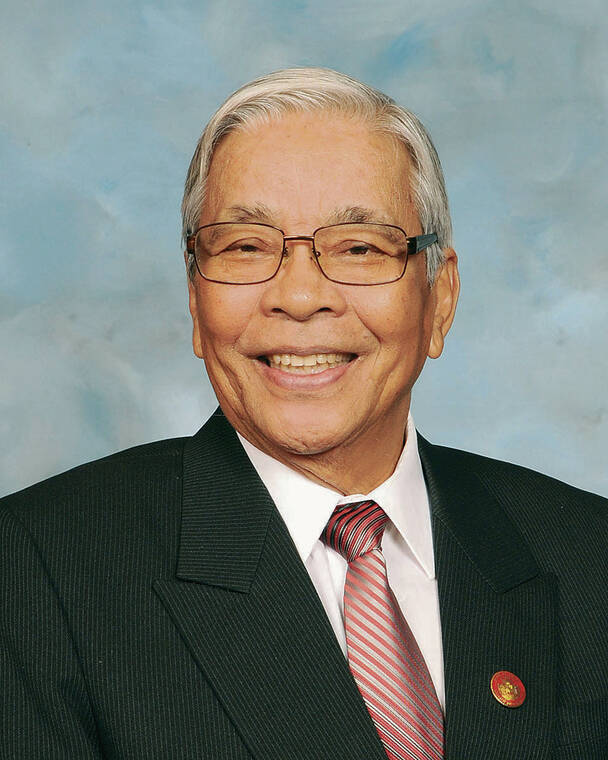
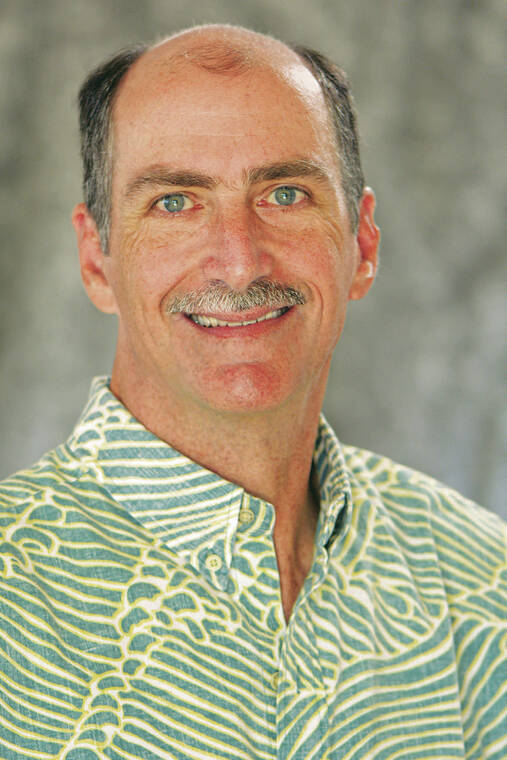
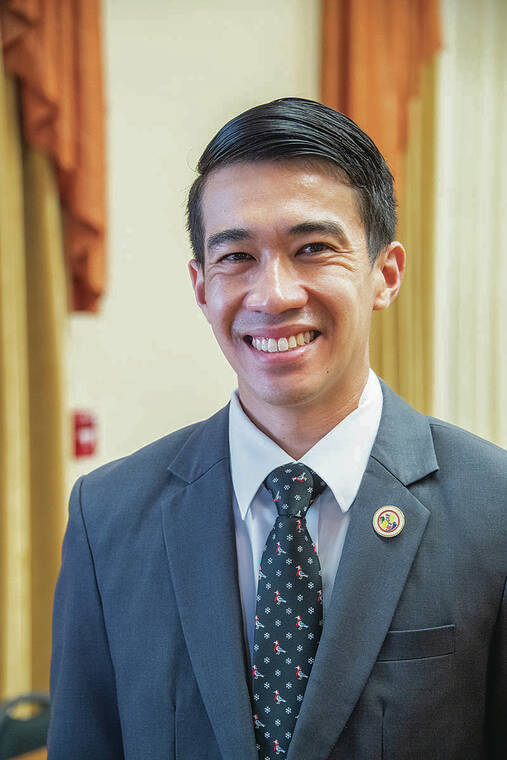
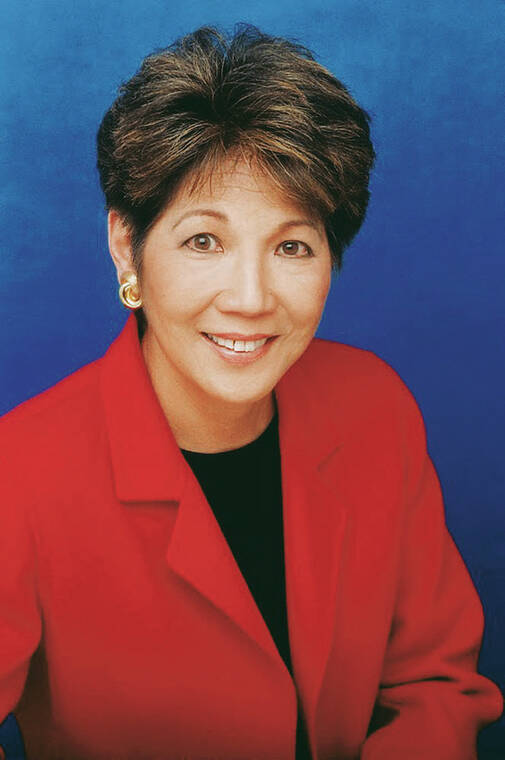
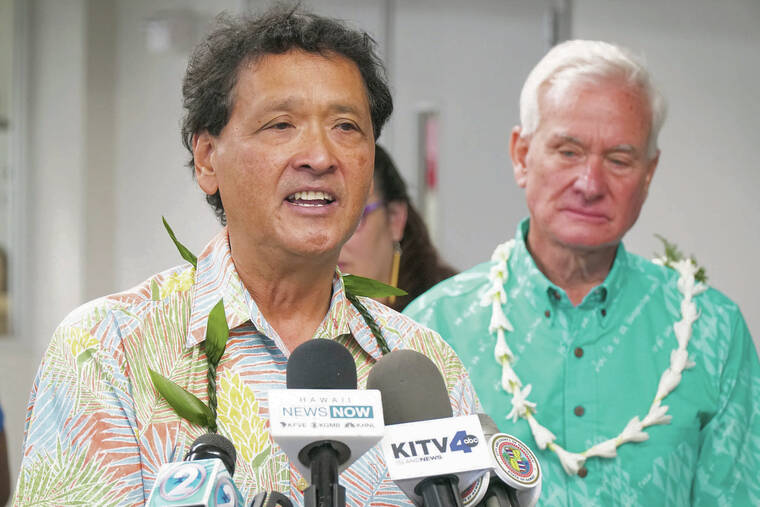







 Stay updated on Hawaii and national elections coverage
Stay updated on Hawaii and national elections coverage